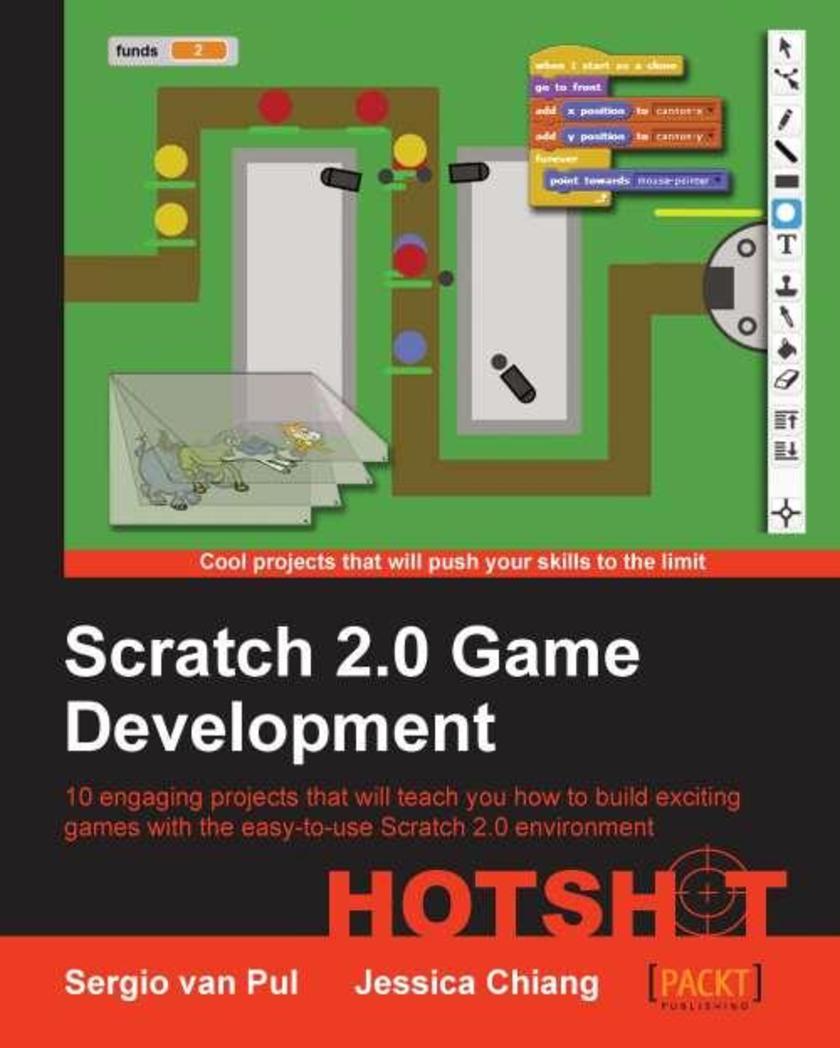
Scratch 2.0 Game Development Hotshot
¥71.93
An easytouse book, containing 10 engaging projects that will help you learn how to build video games with the easy to use Scratch 2.0 environment. If you are a new, or current Scratch user and would like to improve your understanding of the new Scratch 2.0 interface, and learn how to make video games, this book is ideal for you. Each project is explained indepth from start to finish, so everyone can follow along, even if you don’t have much previous experience with the software. If you want to become a video game designer, this book is an easy to use and friendly guide about the world of interactive media. It will teach, challenge, and inspire you to create great interactive projects.
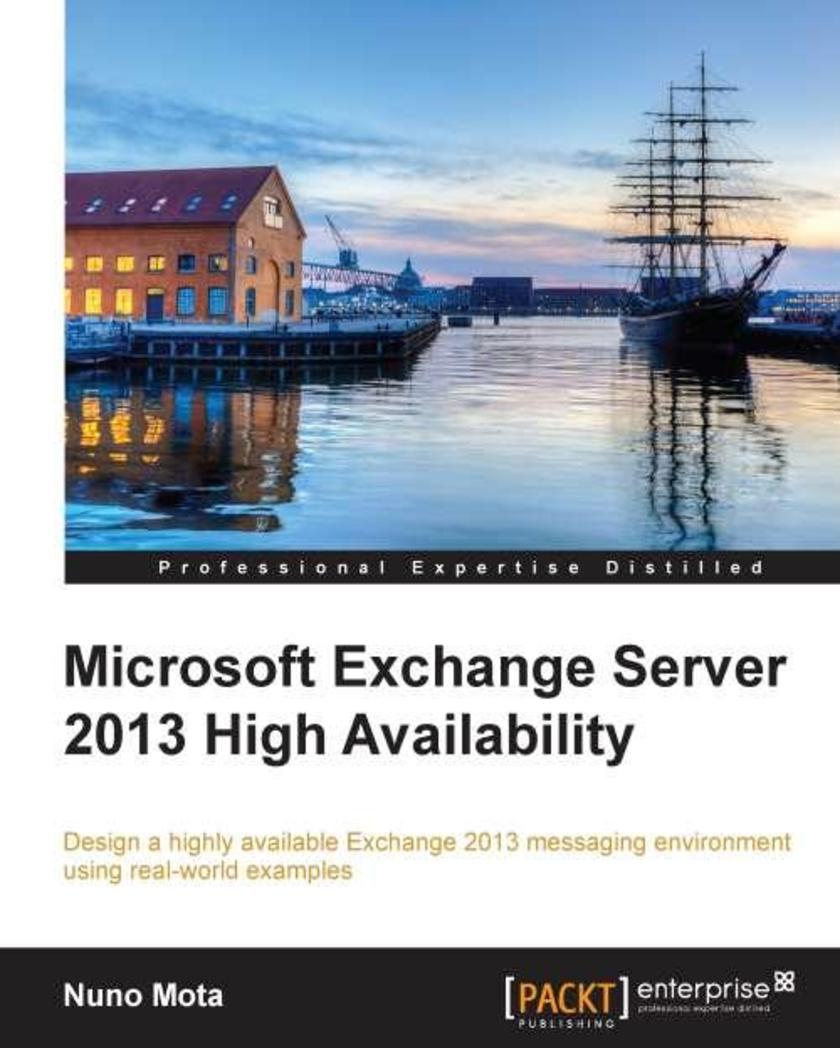
Microsoft Exchange 2013 High Availability
¥99.18
This book is a handson practical guide that provides the reader with a number of clear scenarios and examples, making it easier to understand and apply the new concepts. Each chapter can be used as a reference, or it can be read from beginning to end, allowing consultants/administrators to build a solid and highly available Exchange 2013 environment. If you are a messaging professional who wants to learn to design a highly available Exchange 2013 environment, this book is for you. Although not a definite requirement, practical experience with Exchange 2010 is expected, without being a subject matter expert.
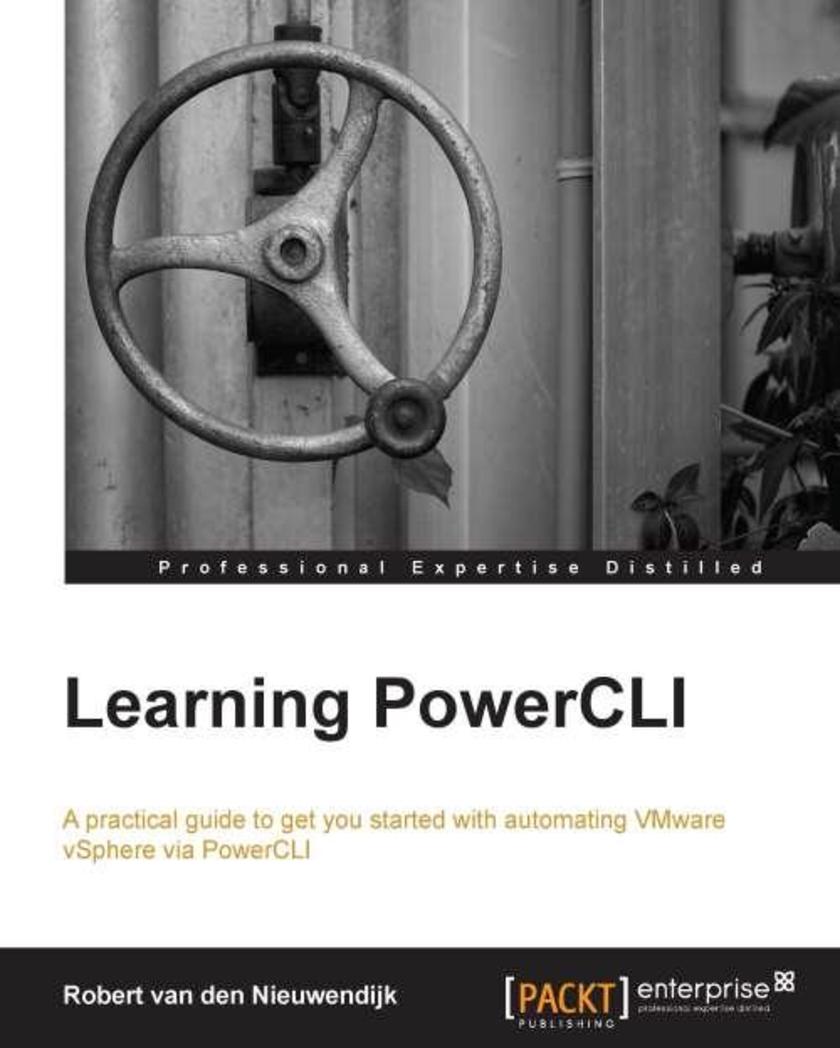
Learning PowerCLI
¥80.65
"Learning PowerCLI" is written in a friendly and practical style with a focus on getting you started and automating daily tasks quickly and efficiently. If you manage or administrate a vSphere environment, and want to make that easier and more efficient, then this book is for you! This book is ideal for you if you want to learn how to automate your VMware vSphere infrastructure, by getting the most out of PowerCLI. It’s assumed that you have some experience in administrating a VMware vSphere environment. Knowledge of Microsoft’s Windows PowerShell is not a prerequisite.
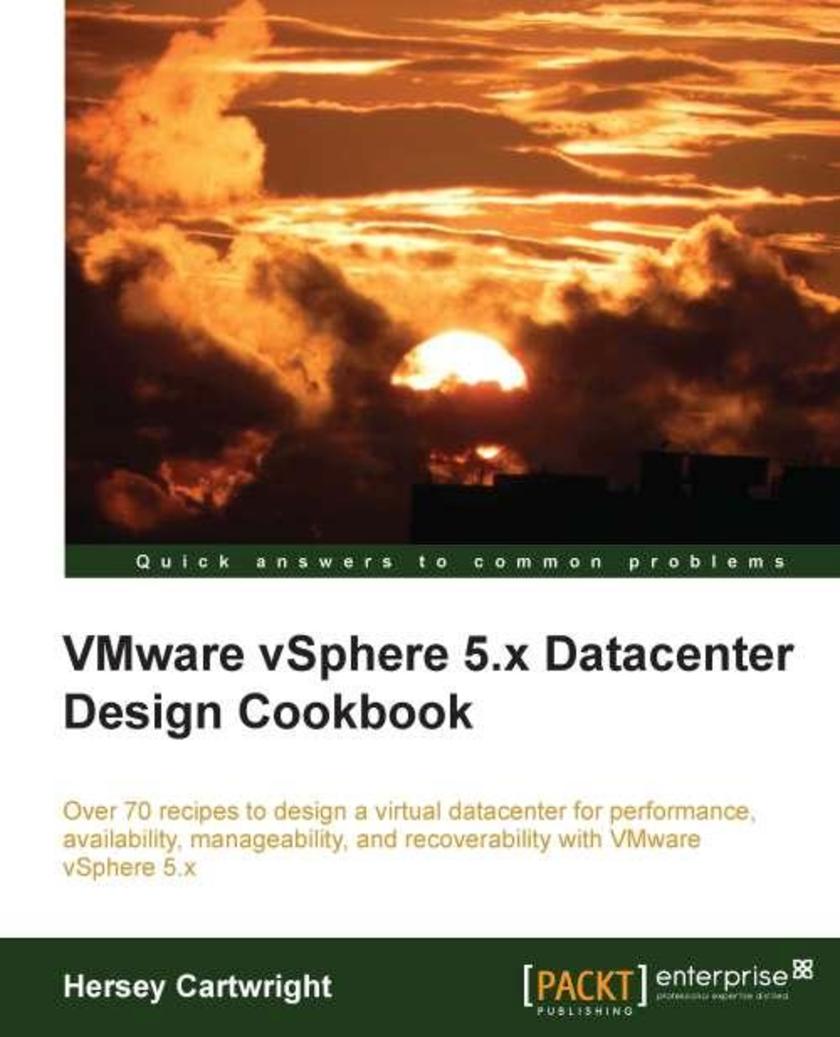
VMware vSphere 5.x Datacenter Design Cookbook
¥99.18
A practical guide packed with stepbystep recipes to design a virtual datacenter using VMware 5.x This book is a guide for anyone interested in designing virtualized datacenters using VMware vSphere 5.x and the supporting components. Current administrators of VMware vSphere environments will find this book useful when interested in becoming a vSphere Architect or are interested in learning more about the virtual datacenter design process. Knowledge of vSphere installation, configuration, and administration is a prerequisite.
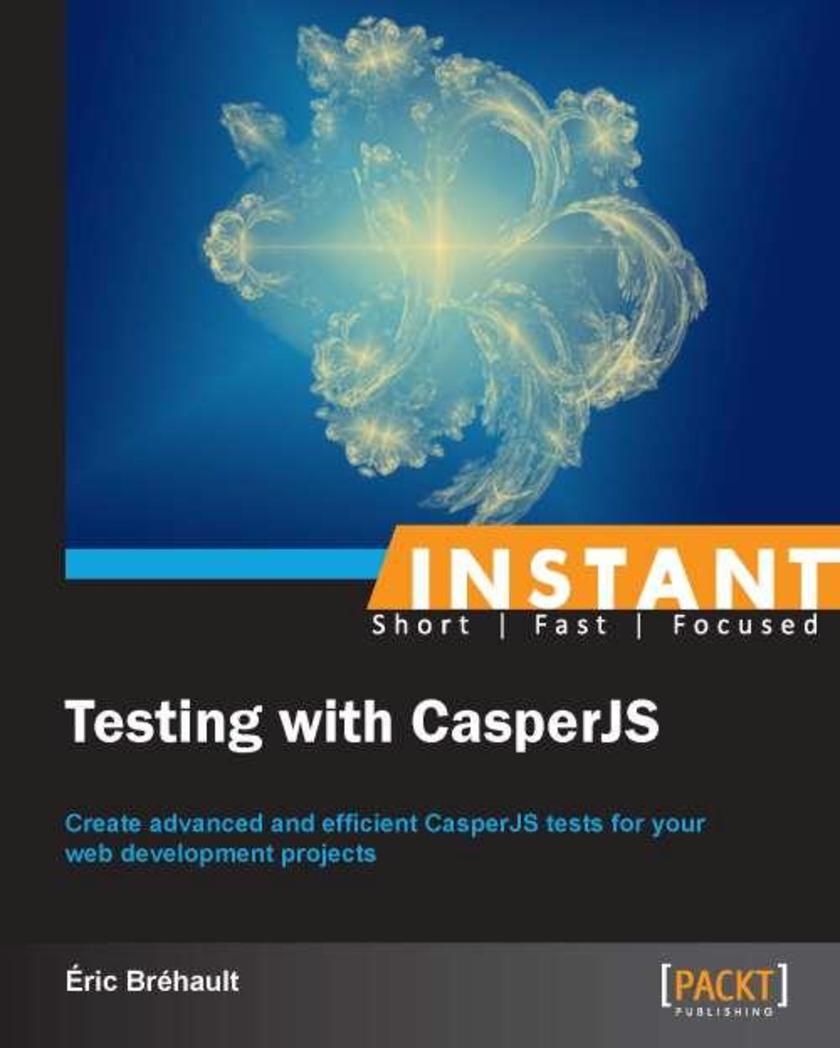
Instant Testing with CasperJS
¥45.77
Filled with practical, stepbystep instructions and clear explanations for the most important and useful tasks. A concise guide full of stepbystep recipes to teach you how to create CasperJS tests for your web development projects. This book will be extremely useful for web developers who are new to testing or who want to move from another testing solution to CasperJS. It is assumed that you are familiar with web development and have a good knowledge of JavaScript.
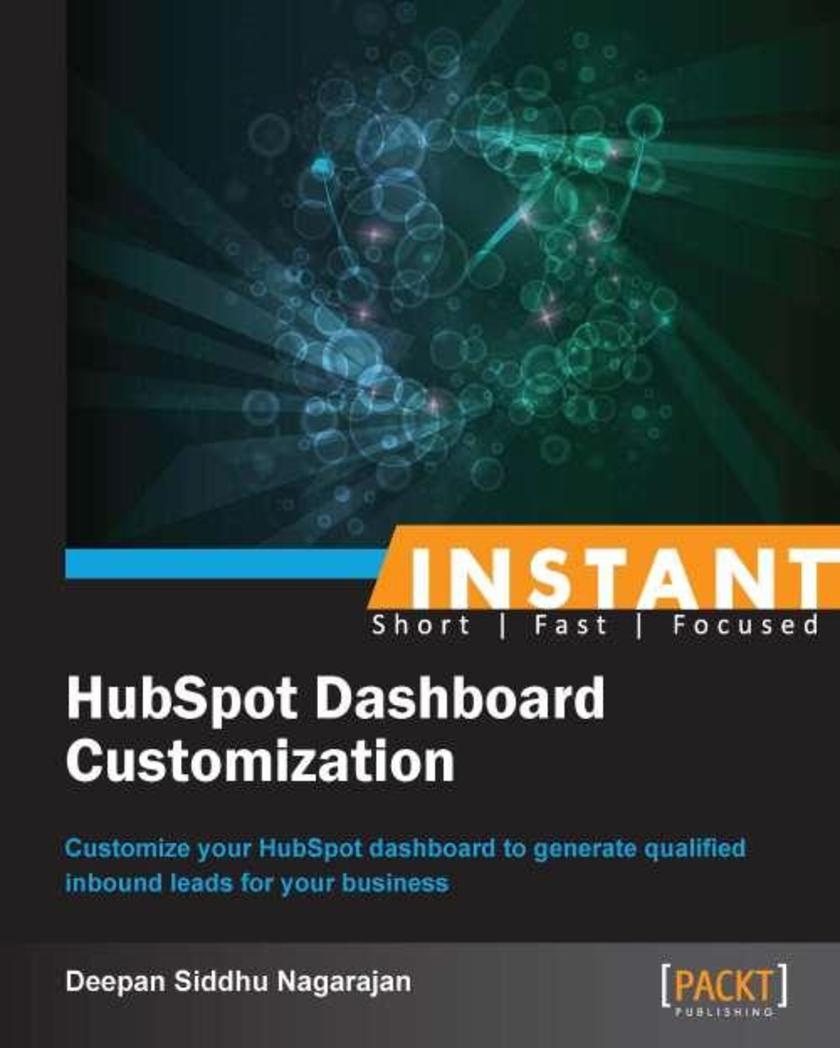
Instant HubSpot Dashboard Customization
¥35.96
Filled with practical, stepbystep instructions and clear explanations for the most important and useful tasks. A headlong guide including example driving situations, clear instructions for important tasks, and details for enhancing your social media management experience. This book is a perfect fit if you are an inbound marketing beginner who feels and believes that handling multiple marketing channels to generate leads is a cumbersome activity. The best part is, you don’t need to have coding skills to customize your Hubspot portal when you’ve got this book. Basic knowledge of computers is essential.
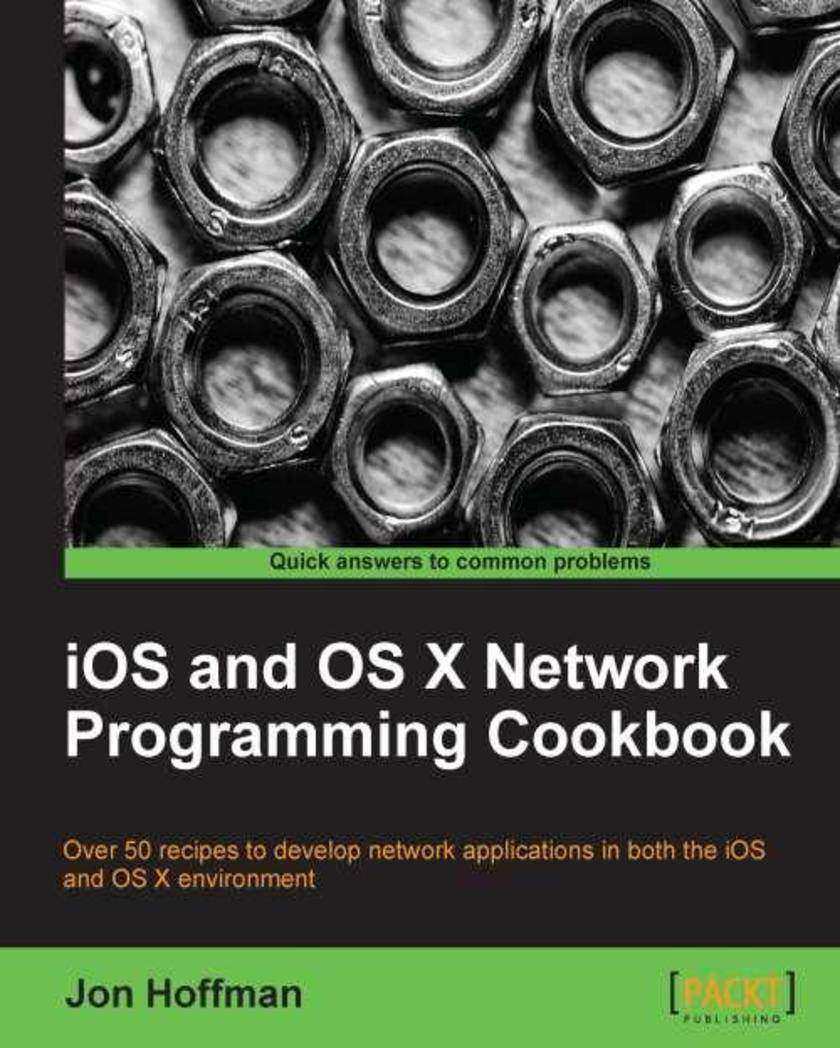
iOS and OS X Network Programming Cookbook
¥90.46
This book follows a recipebased approach that will heavily focus on the code and how to integrate the samples with the reader’s projects.Each recipe consists of one or more methods that you can put directly into your app and use. This book is ideal for developers that want to create network applications for the Apple OS X or iOS platforms. All examples are written in ObjectiveC using XCode as the IDE. Knowledge of ObjectiveC and XCode is essential.
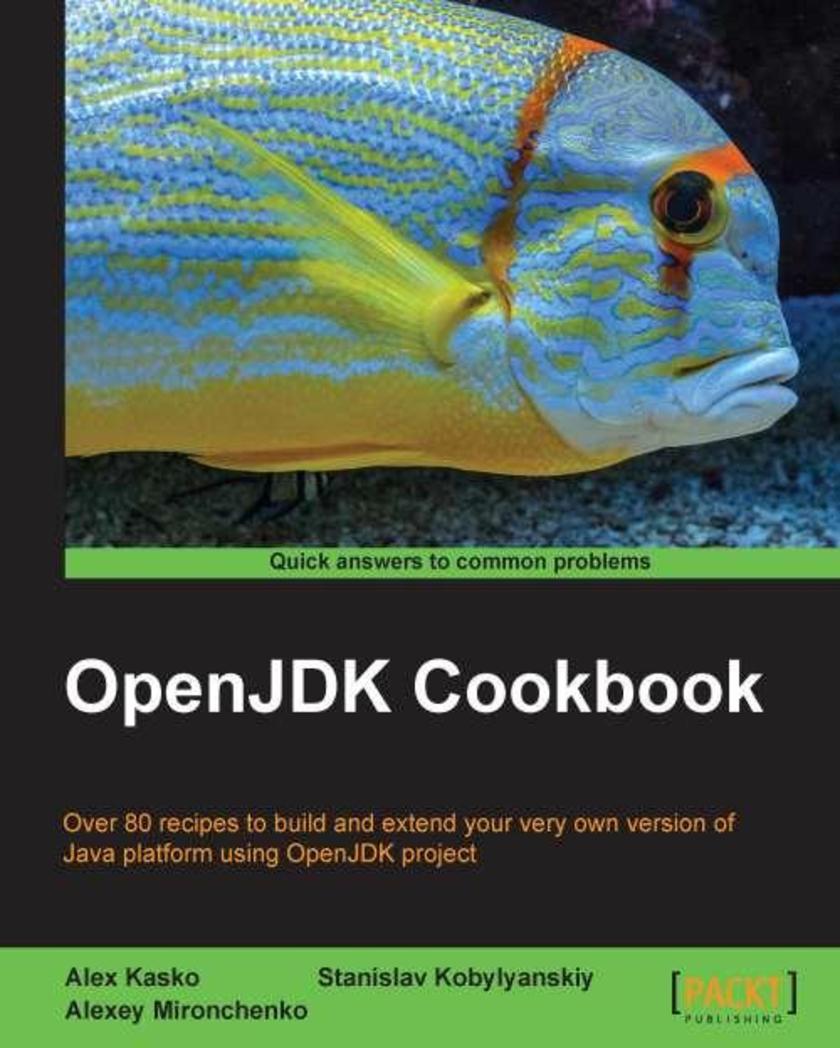
OpenJDK Cookbook
¥80.65
If you are an experienced Java developer using Java 7 platform and want to get your grips on OpenJDK for Java development, this is the book for you. JDK users who wish to migrate to OpenJDK will find this book very useful.
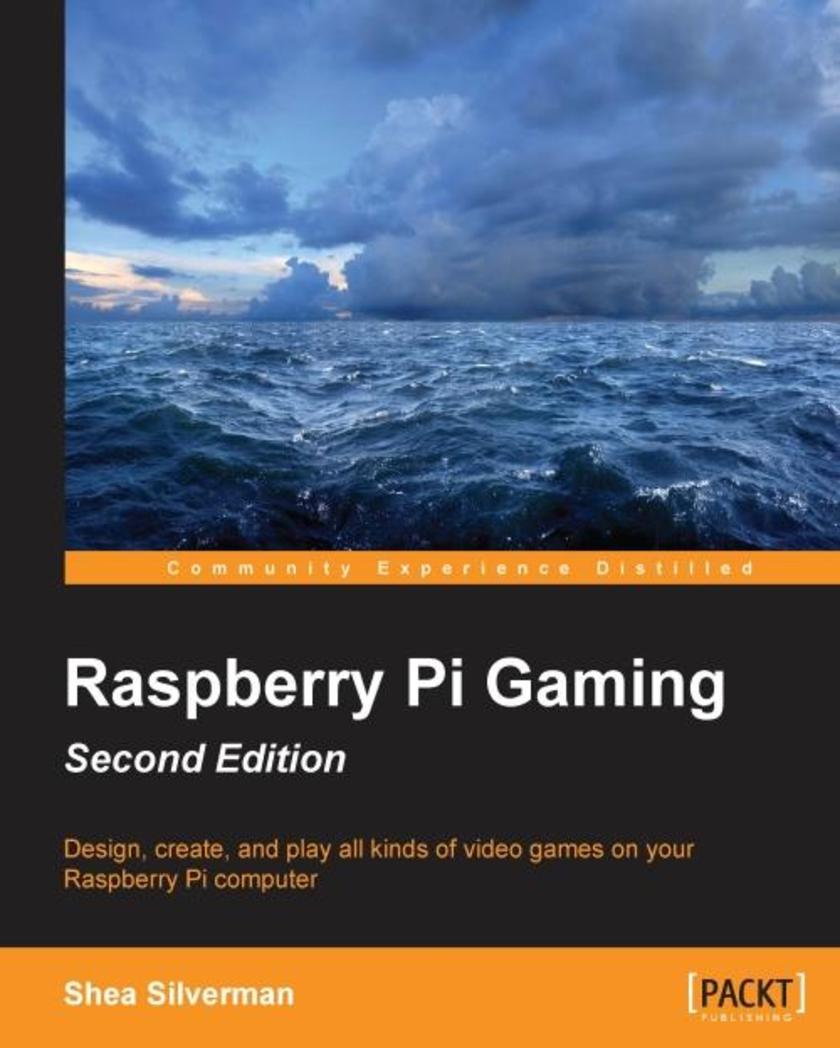
Raspberry Pi Gaming - Second Edition
¥45.77
If you are someone who loves to play games and are interested in learning more about the capabilities of your Raspberry Pi, this book is for you. Basic knowledge of Raspberry Pi programming is expected.

Mastering Ext JS - Second Edition
¥90.46
If you are a developer who is familiar with Ext JS and want to augment your skills to create even better web applications, this is the book for you. Basic knowledge of JavaScript/HTML/CSS and any server-side language (PHP, Java, C#, Ruby, or Python) is required.
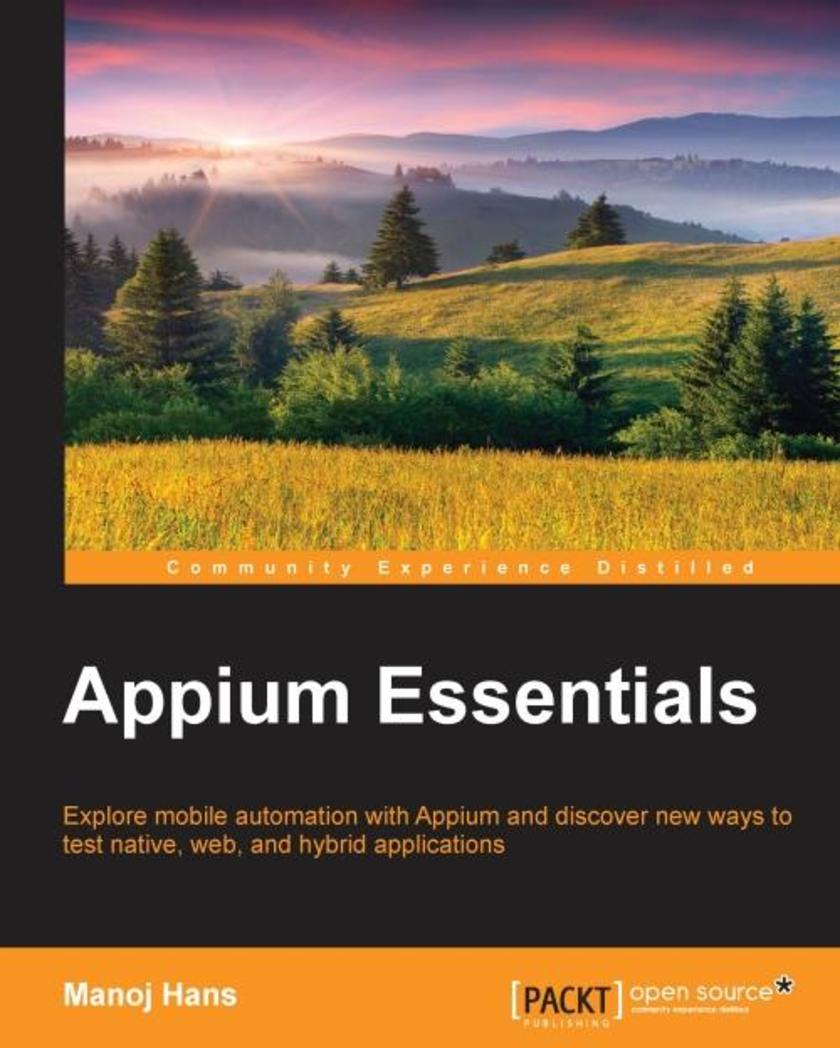
Appium Essentials
¥54.49
This book is intended for automation testers and developers who want to enhance their skills from web-based automation to mobile application automation using Appium. Basic knowledge of mobile application testing, Selenium WebDriver, and programming is assumed.

Performance Testing with JMeter - Second Edition
¥71.93
This book is great for developers, quality assurance engineers, testers, and test managers new to Apache JMeter, or those who are looking to get a good grounding in how to effectively use and become proficient with JMeter. No prior testing experience is required.
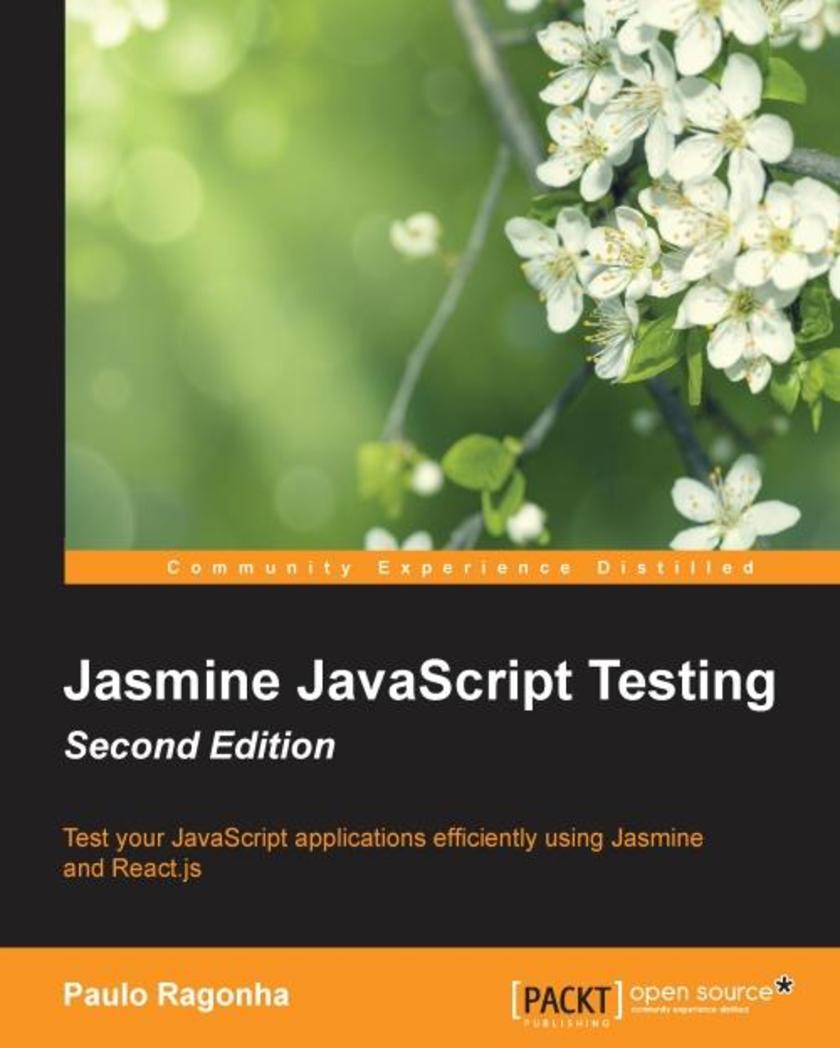
Jasmine JavaScript Testing - Second Edition
¥61.03
This book is for web developers and designers who work with React.js and JavaScript and who are new to unit testing and automation. It's assumed that you have a basic knowledge of JavaScript and HTML.

Raspberry Pi Essentials
¥54.49
Programmers new to the Raspberry Pi and novice programmers with little to no experience with micro board computing will find the book useful. A basic knowledge of programming languages in general will prove useful for a better understanding of the topics.
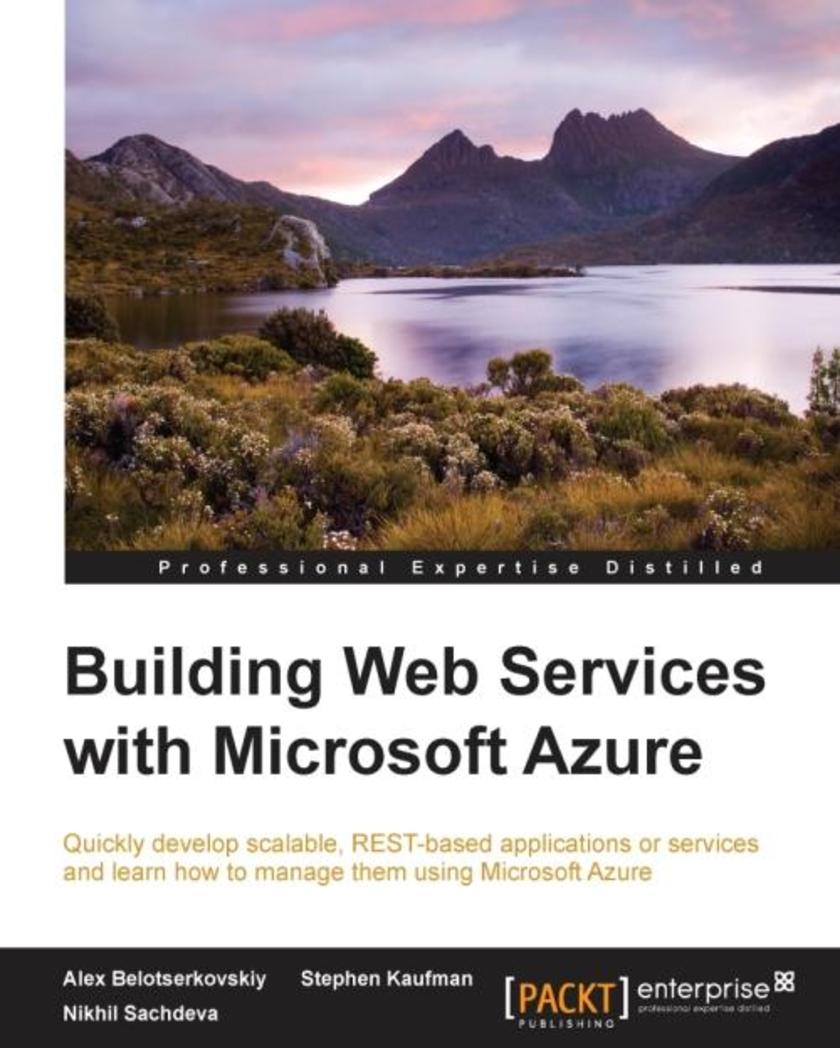
Building Web Services with Microsoft Azure
¥80.65
If you are a .NET developer who wants to develop end-to-end RESTful applications in the cloud, then this book is for you. A working knowledge of C# will help you get the most out of this book.
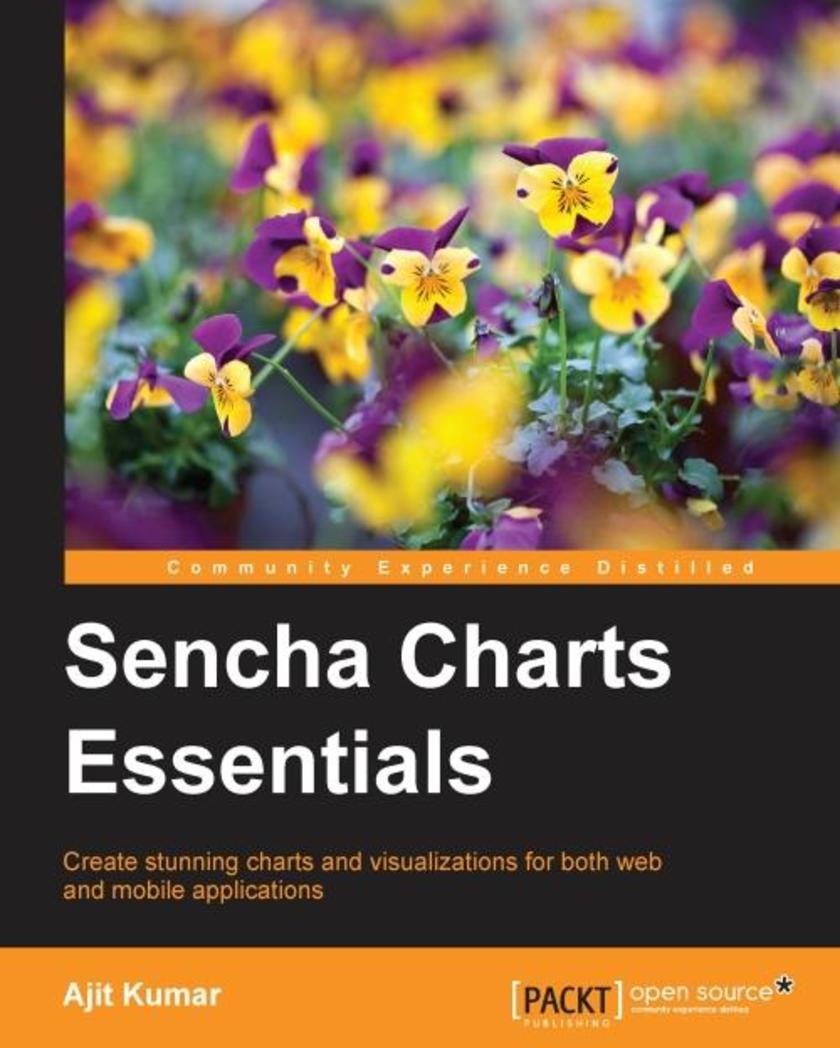
Sencha Charts Essentials
¥45.77
If you are an Ext JS or Sencha Touch developer, designer, or architect who wants to build enterprise-scale data visualization capabilities using Sencha, then this book is ideal for you. You should have a knowledge of HTML, JavaScript, CSS, and Sencha Ext JS or Sencha Touch fundamentals, in particular. Some familiarity with SVG and HTML5 Canvas would be preferred, but not required.
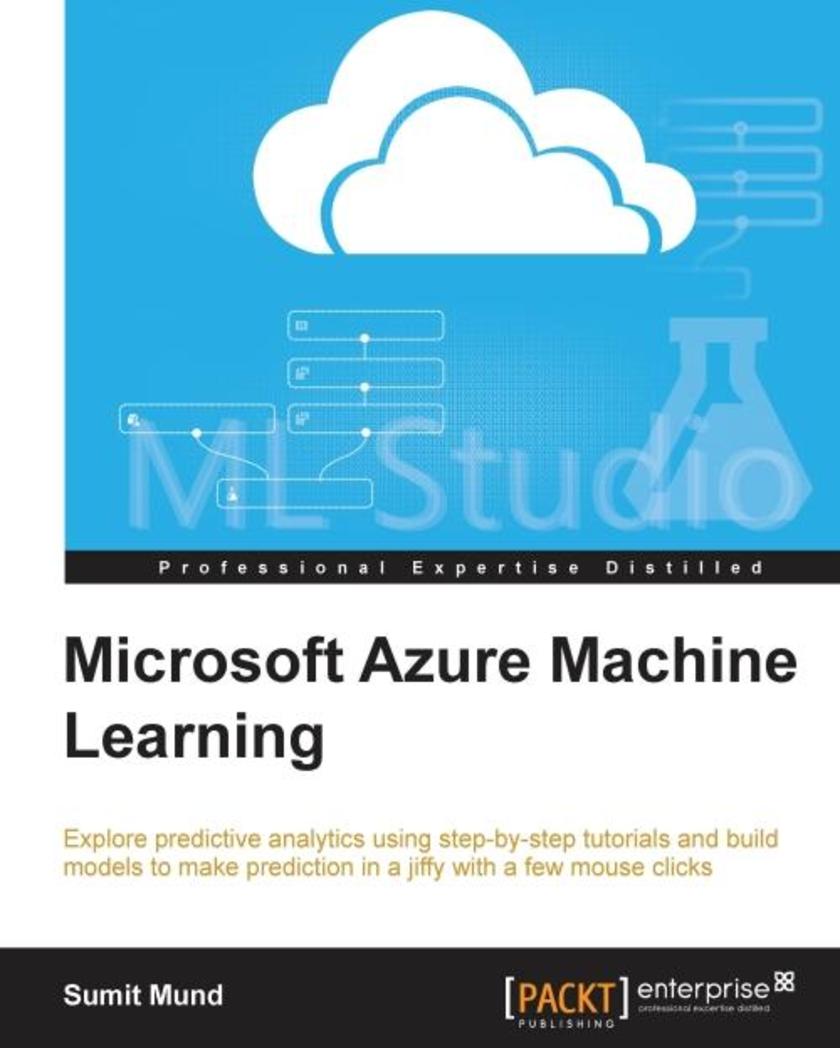
Microsoft Azure Machine Learning
¥71.93
The book is intended for those who want to learn how to use Azure Machine Learning. Perhaps you already know a bit about Machine Learning, but have never used ML Studio in Azure; or perhaps you are an absolute newbie. In either case, this book will get you up-and-running quickly.
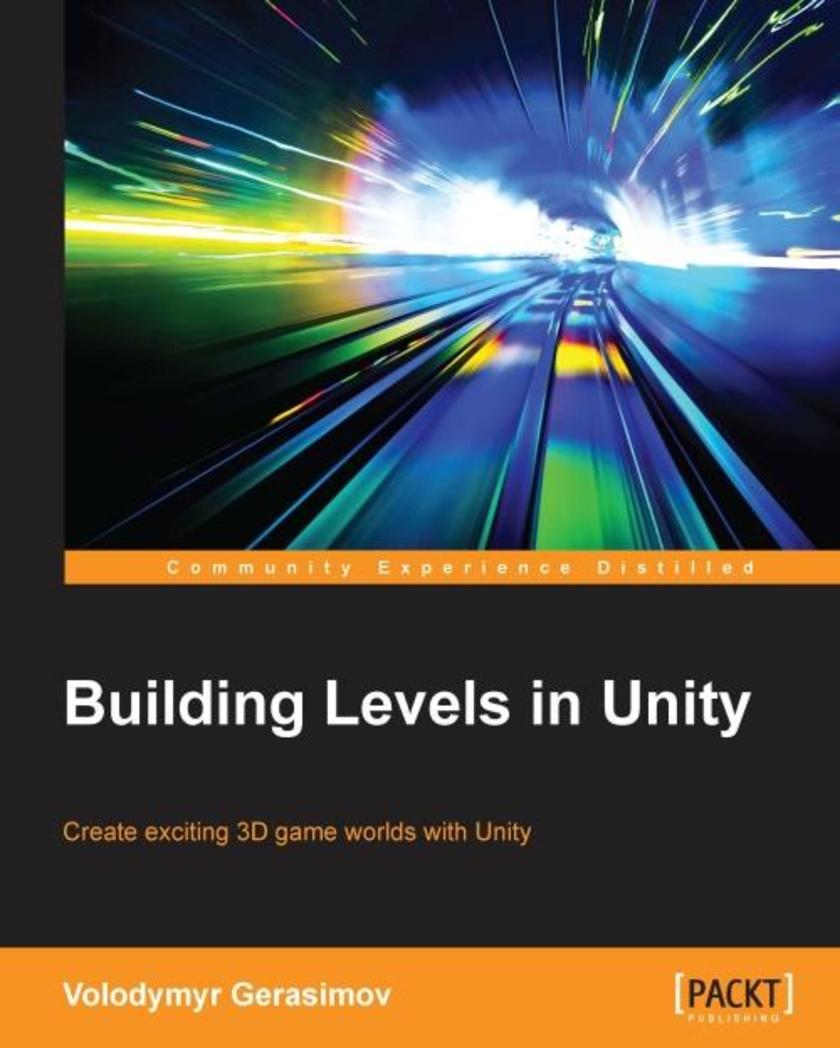
Building Levels in Unity
¥80.65
The book is aimed at game artists with no past programming experience who are interested in designing levels in Unity. It does not assume detailed knowledge of similar game platforms.
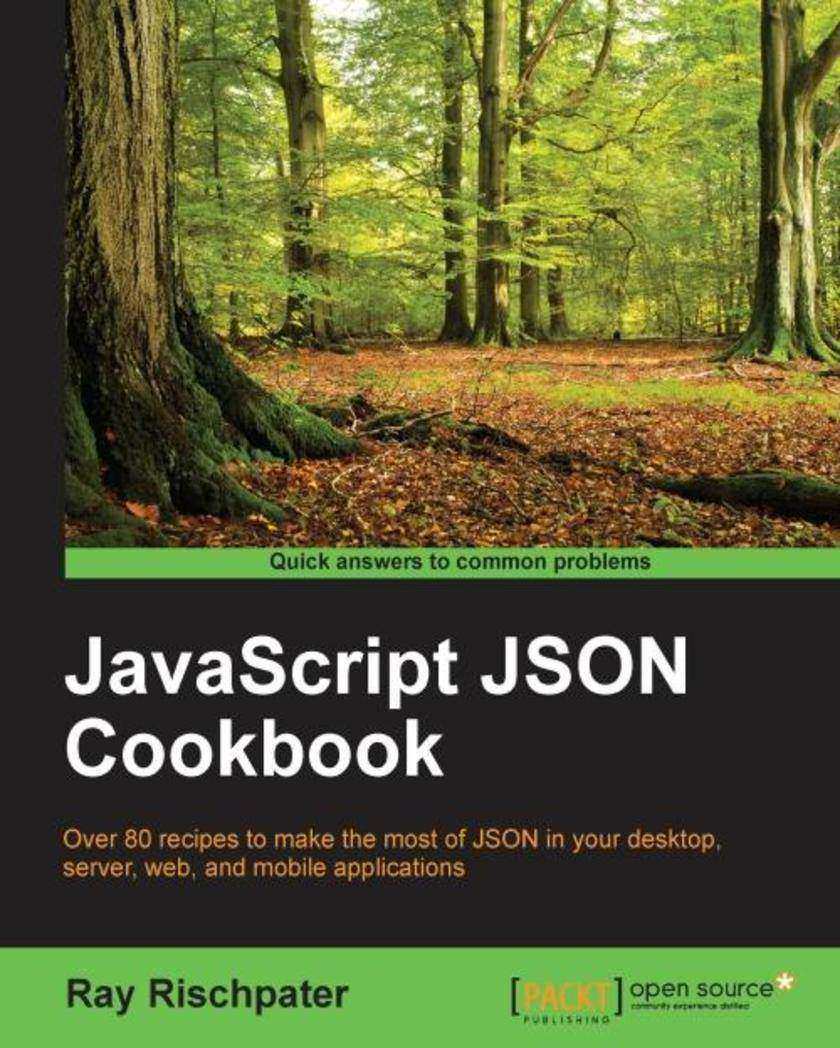
JavaScript JSON Cookbook
¥80.65
If you're writing applications that move structured data from one place to another, this book is for you. This is especially true if you've been using XML to do the job because it's entirely possible that you could do much of the same work with less code and less data overhead in JSON. While the book's chapters make some distinction between the client and server sides of an application, it doesn't matter if you're a frontend, backend, or full-stack developer. The principles behind using JSON apply to both the client and the server, and in fact, developers who understand both sides of the equation generally craft the best applications.
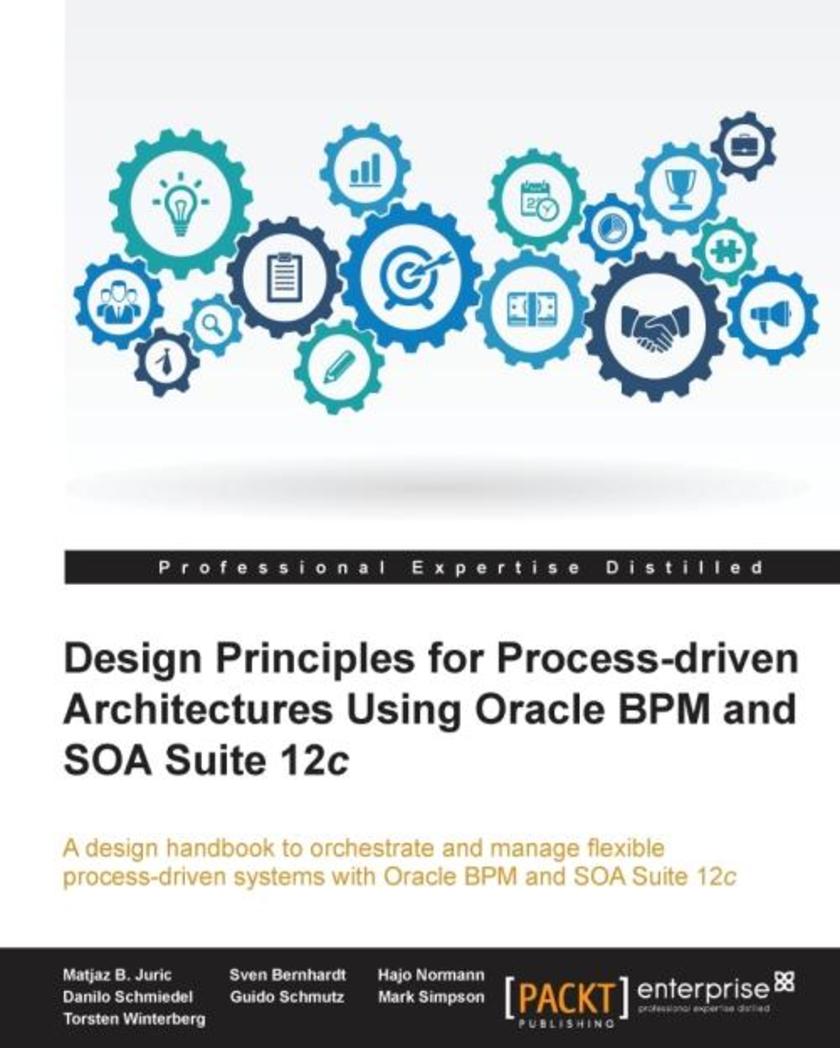
Design Principles for Process-driven Architectures Using Oracle BPM and SOA Suit
¥125.34
This book is intended for BPM and SOA architects, analysts, developers, and project managers who are responsible for, or involved in, business process development, modelling, monitoring, or the implementation of composite, process-oriented applications. The principles are relevant for the design of on-premise and cloud solutions.
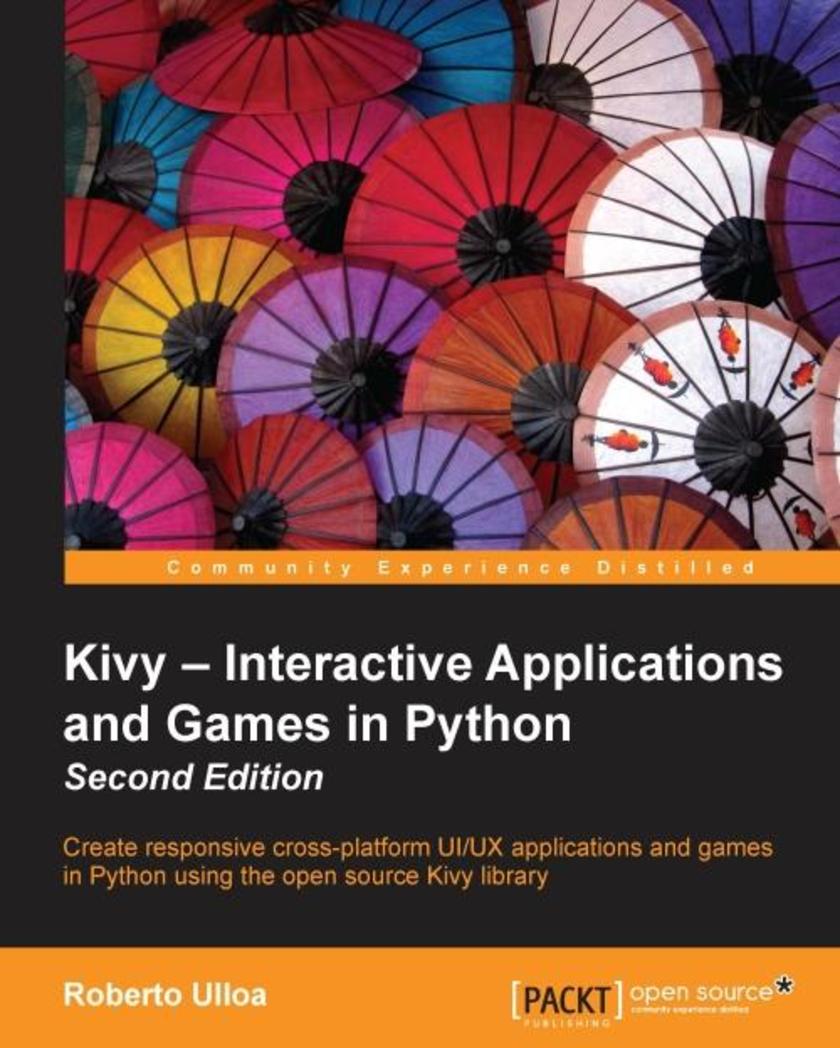
Kivy – Interactive Applications and Games in Python - Second Edition
¥80.65
If you are a Python developer who wants to create exciting and dynamic UI/UX applications that are compatible with multiple platforms, then this is the book for you. No prior experience with Kivy is required, although you should be familiar with Python and have a fair understanding of software engineering concepts such as inheritance, classes, and instances.




 购物车
购物车 个人中心
个人中心



